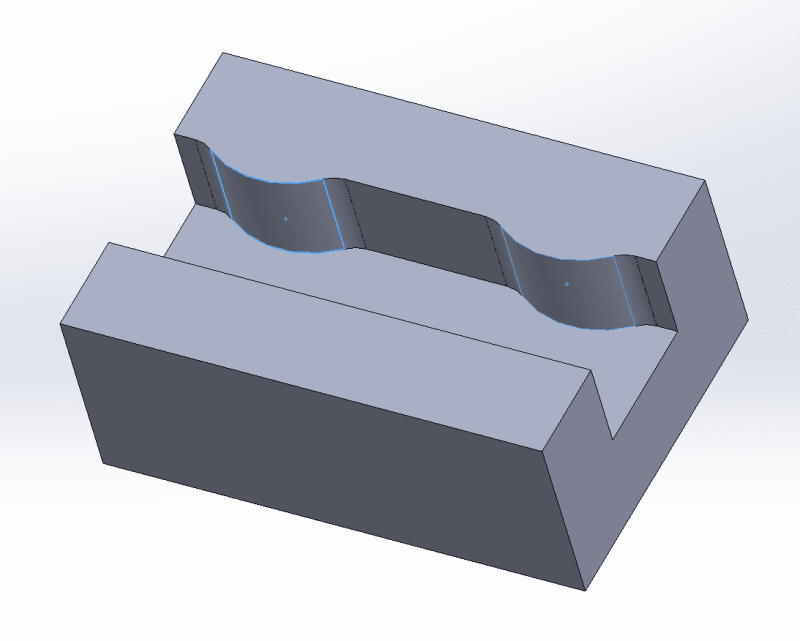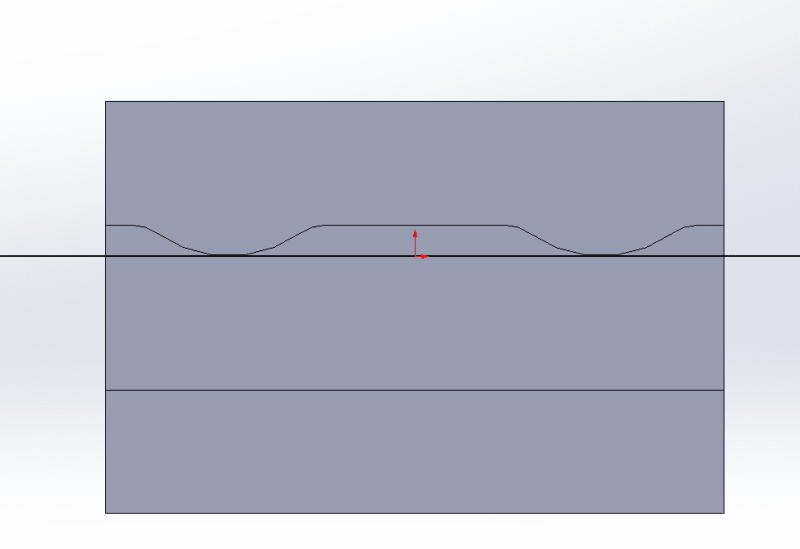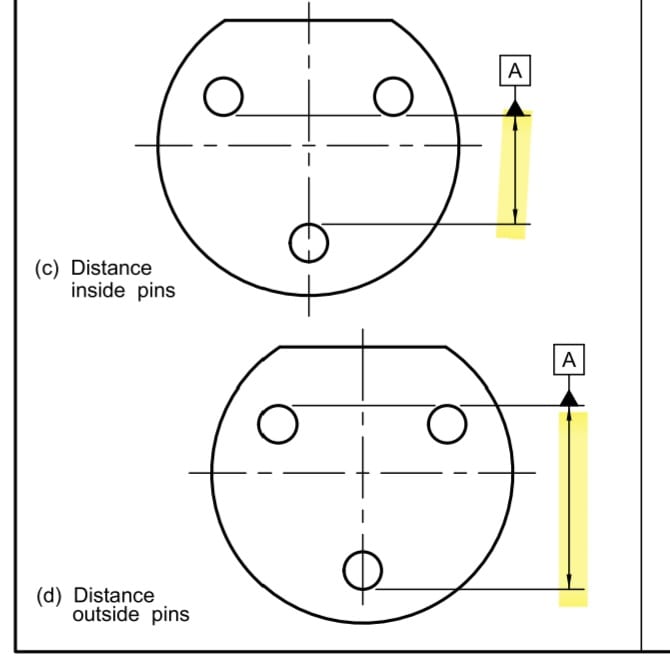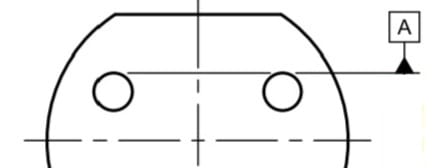I have a part with two partial cylindrical surfaces and I want to make a datum that is the plane tangent to the two surfaces, as the mating part has a flat surface that is seated up against them.
Part is similar to this example I mocked up:

And I want the datum to be tangent to both surfaces, like so:

Can I just sketch a line between them on a top-down view like in the above picture, and attach a datum to that?
Part is similar to this example I mocked up:

And I want the datum to be tangent to both surfaces, like so:

Can I just sketch a line between them on a top-down view like in the above picture, and attach a datum to that?


